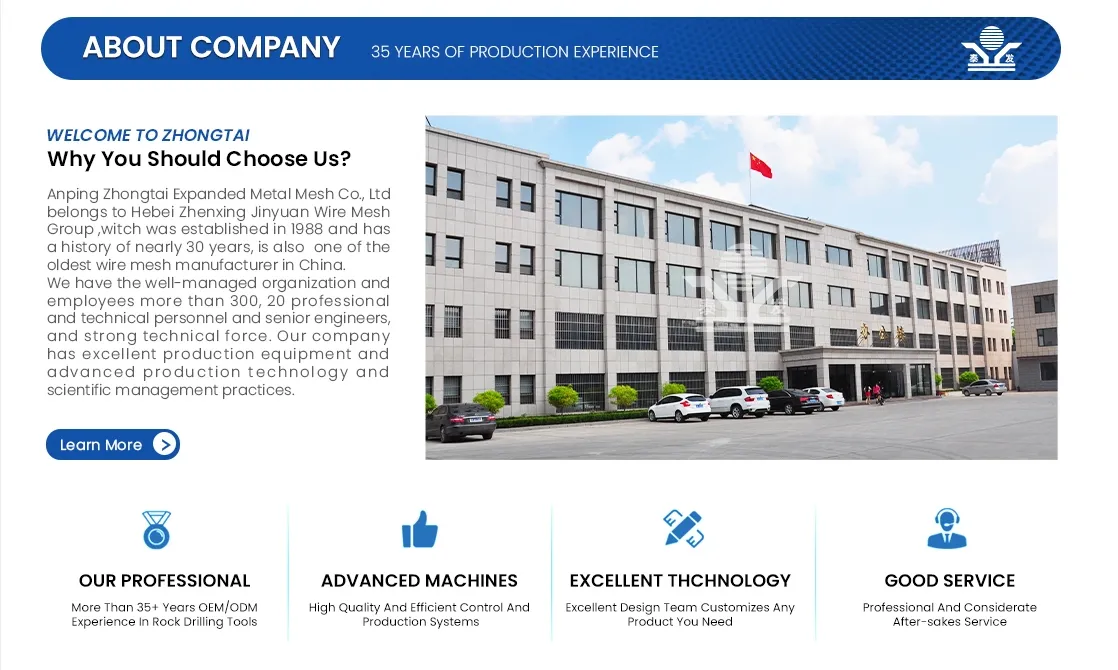The Importance of Temporary Silt Fences in Erosion Control
In the realm of environmental management, particularly in construction and landscaping, erosion control is a paramount concern. Uncontrolled erosion can lead to significant environmental damage, including the degradation of water quality, loss of topsoil, and detrimental impacts on local ecosystems. One effective solution to this problem is the use of temporary silt fences.
What is a Temporary Silt Fence?
A temporary silt fence is a barrier made typically of geotextile fabric that is installed around a construction site or any area where soil disturbance is anticipated. Its primary function is to intercept sediment-laden water runoff and prevent silt and other debris from entering nearby water bodies. These fences are usually supported by wooden or metal stakes and are easy to install and remove, making them ideal for temporary projects.
How Does a Temporary Silt Fence Work?
The mechanics of a temporary silt fence are quite straightforward. When it rains or when water flows over the disturbed soil, the silt fence captures sediment as the water passes through the geotextile fabric. The fabric allows water to flow while trapping particles, which helps to settle the sediment on the upstream side of the fence. This process not only protects water bodies from sediment pollution but also aids in the preservation of valuable topsoil.
Benefits of Using Temporary Silt Fences
1. Erosion Control The primary benefit of temporary silt fences is their effectiveness in controlling erosion. By reducing the amount of sediment that enters waterways, these fences help maintain water quality and protect aquatic life.
2. Cost-Effective Solution Temporary silt fences are relatively inexpensive compared to other erosion control methods. They are easy to install, making them a cost-effective choice for contractors and builders.
3. Environmental Compliance Many local and federal regulations require erosion control measures at construction sites. Utilizing temporary silt fences can help companies comply with environmental laws, avoiding potential fines and legal issues.
temporary silt fence

4. Minimal Disturbance Unlike permanent structures, temporary silt fences can be installed with minimal disturbance to the surrounding environment. This aspect is critical in protecting sensitive areas or habitats during construction activities.
5. Ease of Removal Once construction is complete or conditions have stabilized, temporary silt fences can be easily removed. This allows for a quick restoration of the site without leaving lasting structures behind.
Best Practices for Installation
For a temporary silt fence to be effective, proper installation is crucial. Here are some best practices
- Site Assessment Before installation, conduct a thorough assessment of the site to determine the most effective locations for the fences based on slope, drainage patterns, and the proximity to water bodies.
- Depth and Height The silt fence should be deep enough to prevent undermining. Generally, a depth of at least 12 inches is recommended, with the fabric extending a minimum of 36 inches above the ground.
- Fabric Selection Choose high-quality geotextile fabric that is designed for sediment retention. The fabric should be permeable enough to allow water to pass through while effectively capturing sediment.
- Regular Maintenance Inspect the silt fence regularly, especially after significant rainfall. Repair or replace damaged sections promptly to maintain effectiveness.
Conclusion
In summary, temporary silt fences play a vital role in erosion control and environmental protection, particularly in construction and land development projects. They provide an economical and effective means of preventing sediment pollution in waterways, thus safeguarding local ecosystems. By adhering to best practices for their installation and maintenance, we can maximize the benefits of temporary silt fences and contribute to a healthier environment. As we continue to confront the challenges of soil erosion and environmental degradation, embracing such preventative measures will be crucial for sustainable development.
-
Why Galvanized Trench Cover Steel Grating Resists Corrosion
NewsJul.10,2025
-
The Versatility and Strength of Stainless Expanded Metal Mesh
NewsJul.10,2025
-
Load Calculations in Steel Grating Platforms
NewsJul.10,2025
-
Keeping Pets and Kids Safe with Chicken Wire Deck Railing
NewsJul.10,2025
-
Hole Diameter and Pitch for Round Perforated Metal Sheets
NewsJul.10,2025
-
Aluminium Diamond Mesh in Modern Architecture
NewsJul.10,2025
Subscribe now!
Stay up to date with the latest on Fry Steeland industry news.

